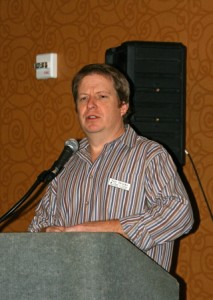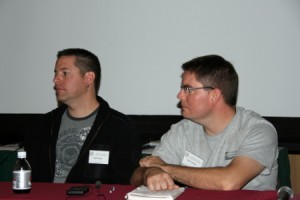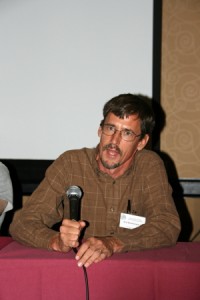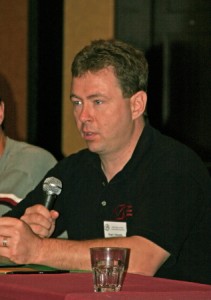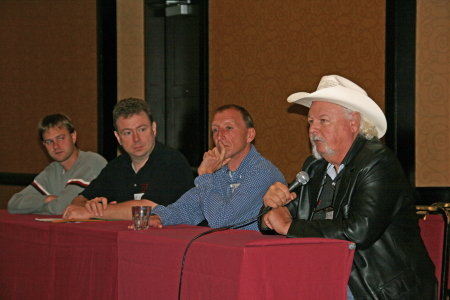Next time I’m in Hays, Kansas, I hope to sample the India Pale Ale at the Lb. Brewing Company. Here’s what one reviewer had to say:
A very impressive establishment and such a nice draw (pun intended) for a town like Hays. I would highly recommend this pub to anyone looking for the best beer and food around. Gerald and his wife are to be commended for running an outstanding operation. The beer was fresh and it’s hard to believe that they can keep over 6 different types of beer flowing in a place like Hays. I tried the Pale Ale, the IPA, and the stout. All were top-notch but the IPA in the large Lb glass was simply outstanding! This is a unique but yummy IPA (hops were not as strong as traditional IPA and color was darker too). Great crafting here!
I had no idea such an establishment existed in Hays. For that matter, a nagging question these past couple of years has been, where can I go to get a decent beer in Tornado Alley?
It turns out that there are more options than I realized. Thanks to my sweetheart, Lisa–who knows that my love for fine ales runs, if not a close second to my passion for storm chasing, certainly no more than a stone’s throw away–I am now aware of an online resource that can help craft brewaphiles slake their thirst all across the nation, including places in the American heartland that I’d never have expected.
If you, like me, like to crown a successful chase with something more than a Bud with your steak, then check out this link to PubCrawler.com and bookmark it. Lisa forwarded it to me, and I quickly concluded that it’s a goldmine for road warriors who love beer. You’ll be delighted with what you find. No need for me to say more since the site is self-explanatory. You can thank me later.
